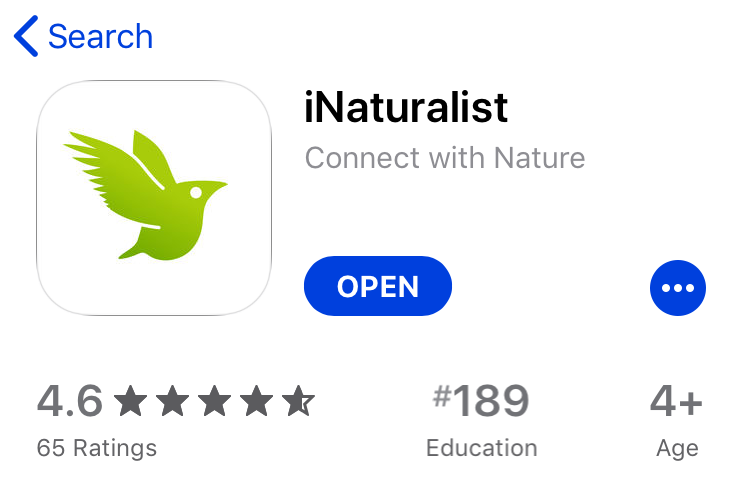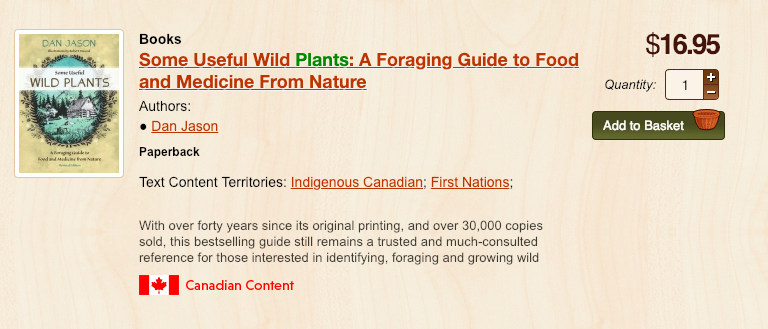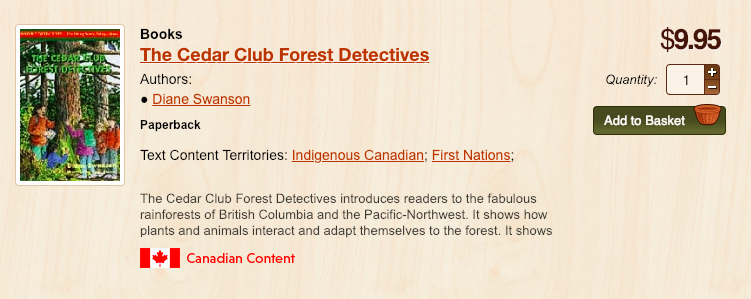Library Reference Material Evaluation - Assignment 1
As mentioned in Chapter 2 of Riedling’s text, Reference Skills for the School Library Specialist: Tools and Tips, nowadays library reference materials can be found in two places, either on a bookshelf or online. The task of evaluating and replacing a reference resource in our schools collection drew me towards our hard copy materials as I had hardly even noticed them in my twelve weeks at the school. Looking through the reference resource bookshelf did not take very long to do as there are very few hard copy materials in the library. Riedling stresses the importance of selection and evaluation of reference materials because, “without the proper tools, expertise, or good judgement to accomplish this task, students’ informational needs may remain unanswered.” (p. 18) In this evaluation you will learn about which resource was chosen to evaluate and why, how it measured up on a handmade rubric and what resources could replace it in hopes that students informational needs can now be answered.

 (from the apple app store)
(from the apple app store)







2.0 Resource Analysis
Spending time flipping through materials in the reference section allowed me to discover a set of World Book encyclopedias titled Young Scientist. Focusing in on one particular subject was a strategy I used to find a resource to evaluate for this report. While looking through the BC curriculum document the science competencies and outcomes were of particular interest to me. One topic in the BC science curriculum that comes up in every grade in some form from Kindergarten to Grade 4 was living things and plants. Young Scientist Volume 5 - Living World & Plants is a perfect example of the need our library has for reference resource updating. The following rubric was created with the help of a few key documents aimed at resource evaluation (Evaluation and Selection of Learning Resources: A Guide from both BC & PEI as well as Reference skills for the school library media specialist: Tools and tips). In the next section Living World & Plants will be evaluated using this rubric’s five key areas to determine if this reference resource is meeting standards to support student learning.
2.1 Evaluation Rubric
To see this rubric in a more visually appealing way please click here to view this assignment in a google doc.
To see this rubric in a more visually appealing way please click here to view this assignment in a google doc.
Evaluation Area
|
Exemplary
|
Acceptable
|
Below Standard
|
Notes
|
Curriculum Connection and Relevancy
|
The rationale and goals of the BC curriculum are supported across all elementary grade levels K-5.
Many references to a local and First Nations perspective.
|
The BC curriculum is supported in one or more areas and may fit one or more grade level outcomes but not all.
Some references to a local and First Nations perspective.
|
The content does not support BC curriculum well and may only fit in one grade level area.
No references to a local and First Nations perspective.
|
*Plants and Living things are found across K-4 in the BC curriculum
*Local plant and animal information is not found anywhere in this resource
|
Content
|
There are several Canadian references mentioned.
The content is accurate and deals with real world experiences.
|
Canada is referred to once within the resource.
The content is somewhat accurate and may mention a real world experience.
|
Canadian references are not mentioned.
The content is no longer accurate and no mention of real world experiences are made.
|
*This encyclopedia was printed in the United States and makes no reference to Canadian specific plants and living things.
|
Currency
|
The resource is new and the copyright dates are under 5 years old.
Content is current and factual.
|
The resource has copyright dates are within the last 10 years.
Content is slightly outdated but may still include relevant information
|
The copyright dates are older than 10 years.
Content is outdated and may contain inaccuracies.
|
*The copyright date is 1990, making it 29 years old.
|
Instructional Design and
Usefulness
|
Content allows for rich student engagement and has strong visuals.
|
The content is somewhat interesting but may be lacking clear visuals.
|
The content is text heavy with little to no visuals.
|
*This encyclopedia is text heavy with painted visuals. It lacks photographs and authenticity.
|
Audience Accessibility
|
The information, visuals and vocabulary are clear and appropriate for elementary school aged children at this school.
|
The material is mainly developmentally appropriate for elementary aged children at this school but maybe have some parts that are too technical.
|
The content is too advanced for elementary school aged children at this school to access without support.
|
*The reading abilities at this school are lower than most, making this text inaccessible for at least 90% of the school population.
|
2.1 Evaluation Findings
Using the above rubric to evaluate World Books Young Scientist’s Volume 5 - Living World & Plants it is clear that this book is ineffective as a learning resource for our school library. The most standout criteria that caused this resource to be deemed as below standard were the 29 year old copyright dates and the lack of local perspective that would be relevant and meaningful to students. The topic of plants and living things is seen many times throughout the science curriculum so more current and engaging resources would be useful to acquire. At this elementary school we have many students with unique learning needs which in turn means we have a large number of students who are not yet reading at grade level. This encyclopedia set is too technical and challenging for students to read without 1-1 adult help. It would be wise to weed out this particular resource, or potentially allow an interested students or adult to keep it.
3.0 Plan for improving the plant science reference materials
Using the vast amount of information on the internet and through word of mouth I have discovered a few reference resources that are in exemplary in all areas in the above evaluation rubric. In order to better suit the needs of the students at this school I looked for resources that are of high interest but at a low level for accessibility. We have a large population of First Nations students and we would really benefit from adding a resource that included an indigenous perspective. A resource that fits this need perfectly is Pacific Northwest Plant Knowledge Cards from StrongNation. These cards come in a set that highlights 65 edible and medicinal plants. The cards explain traditional uses of the plants, including ways to harvest them and feature several indigenous languages. The real world applications of this resource are excellent as you could take this resource outside and use them to identify local plants. These cards are available for pre-sale now and come out in February 2019. This rich resource was shared with me by our aboriginal education teacher which fits perfectly with one of Riedling’s tips for evaluating and selecting resources which was to collaborate with other school staff. “As in most professional activities carried out by the school librarian, effective collection development is done collaboratively.” (p. 17) An additional useful resource is the iNaturalist app which is free from the app store. With the app open on an ipad you take pictures of local plants and animals you find, the app then suggests to you what that plant or animal could possibly be called and provides you with pictures to confirm your suspicion. Other local iNaturalist users can see your findings, agree with your plant type selection or suggest an alternate name and reason why they believe you might have been wrong. This information retrieval process would be engaging and at an appropriate level for low level readers at our school. StrongNations has an incredible list of books and resources that would be age appropriate and engaging for students to learn about plants and living things. Below you find a few other resources that would be useful to purchase in addition to the plant knowledge cards.
3.1 Purchasing List and Prices
*all books titles and prices (in Canadian dollars) can be found through Strong Nations
4.0 References
Alles, H. (1990). Young Scientist - Living World & Plants. 1st ed. Chicago: World Book.
Educational Resource Acquisition Consortium. (2008) Evaluating, Selecting and Managing Learning Resources: A Guide. Vancouver BC, Educational Resource Acquisition Consortium (ERAC).
Canadian Association For School Libraries (2003). Achieving Information Literacy Standards for School Library Programs in Canada.Ottawa ON, The Canadian School Library Association and the Association for Teacher-Librarianship in Canada.
Prince Edward Island Department of Education. (2008) Evaluation and Selection of Learning Resources: A Guide. p. 19-26. Retrieved from: http://www.gov.pe.ca/photos/original/ed_ESLR_08.pdf
Riedling, A. (2013). Reference skills for the school library media specialist: Tools and tips, (Third Edition). Santa Barbara, CA: Linworth.
Strongnations.com. (2019). Book Search. [online] Available at: https://www.strongnations.com/search/?s=plants+and+living+things&selection_traditional_territory= [Accessed 24 Jan. 2019].

Comments
Post a Comment